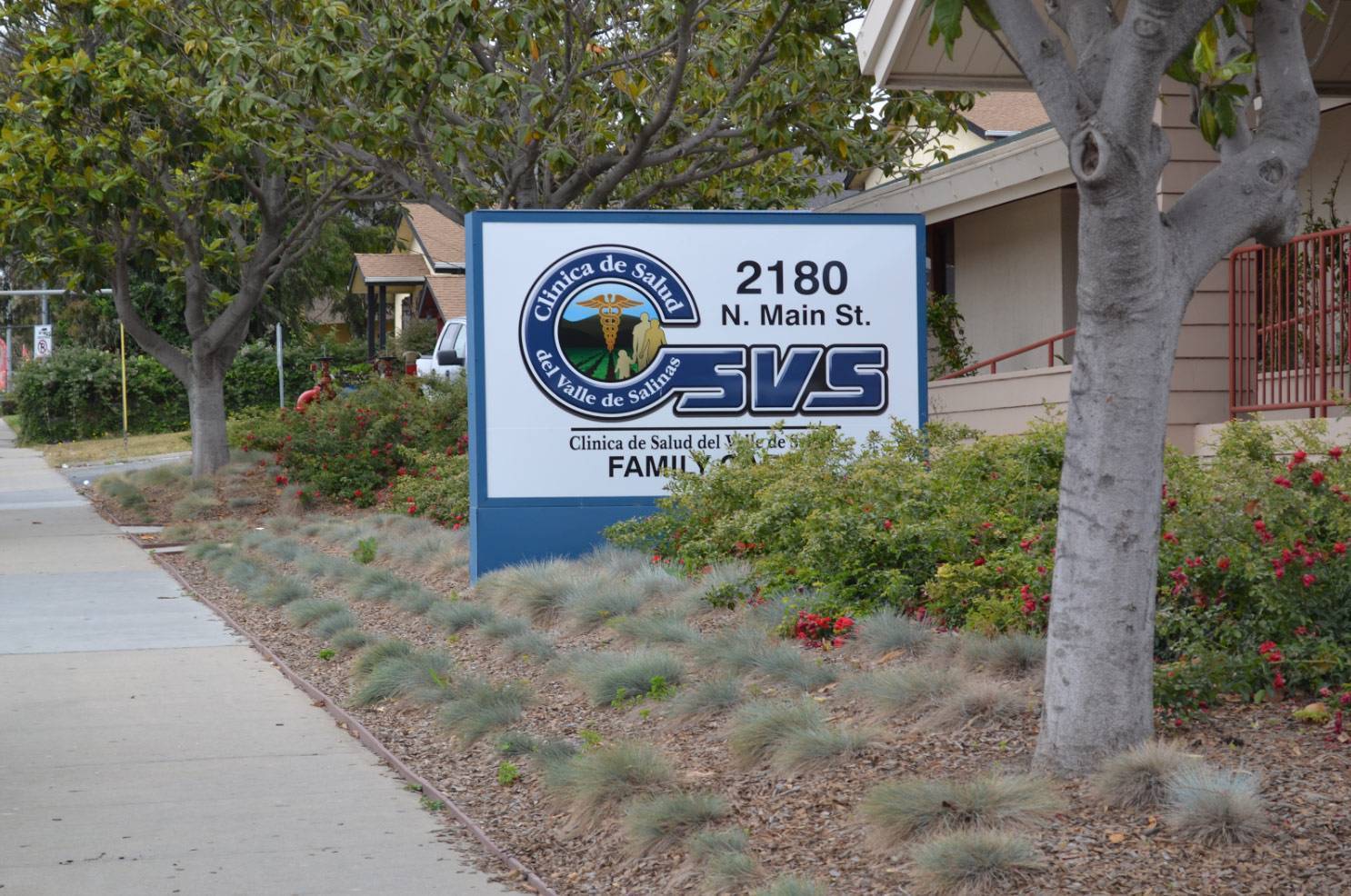By Sal Casillas
A rural medical group with an underserved population scales its organization to provide 160,000 patients with access to care.
Dr. Maximiliano Cuevas, of Salinas, California, first contributed to Clinica de Salud del Valle de Salinas (CSVS) in 1986. Clinica de Salud del Valle de Salinas (CSVS) was created with the support of community leaders to ensure that all residents of Monterey County, especially families working in the area’s agriculture industry, had equal access to high-quality, low-cost healthcare. The Salinas area is one of the most productive agricultural regions in California and also has one of the highest child poverty rates in the state.
“We essentially live in a primary care desert…As an organization, we rely on technologies like electronic health record (EHR) software to allow our physicians to spend less time searching for information and more time treating the patient.”
For CSVS, providing access to healthcare meant growing quickly with the community, leveraging the latest in health technology and being on the cutting edge of non-traditional care models. The group became the first ”federally qualified” health center in the area in 1989. Over the years, the medical group expanded to a dozen office locations as well as a mobile medical and dental clinic that works with homeless communities.
“Reflecting back, we understood listening to the patient coincided with the patient health experience. Early on, our data showed that many of our patients residing outside of Salinas traveled an average of 30 minutes for care, creating a significant obstacle for them to receive treatment,” said Dr. Cuevas. “We listened and today, our personalized patient care approach has led us to open 12 locations across Monterey County and reduce the average patient travel time to 15 minutes.”
However, the medical group’s rapid growth has also left CSVS working with a severe shortage of primary care physicians. Tasked with 160,000 patient checkups annually, only 14 full-time physicians provide the backbone for CSVS throughout the year when 24 would be the minimum number of physicians recommended for the same number of patients. CSVS developed a staffing model for each office with two physicians and one dentist for over 4,500 patients.
“We essentially live in a primary care desert. Not enough doctors want to work in rural areas. As an organization, we rely on technologies like electronic health record (EHR) software to allow our physicians to spend less time searching for information and more time treating the patient,” said Dr. Cuevas.
CSVS tackles their shortage by ensuring their clinical staff are being used as efficiently as possible and by acquiring technology that performs repetitive, costly workflows. Systems such as automated appointment technology that reminds patients of their appointments via call or email and providing access to a patient portal have freed up the CSVS staff to focus on patient care.
CSVS’s success in transforming the patient experience comes from adopting highly effective care delivery techniques that accommodate patient needs and provide the care team with access to patient information instantly. In an environment where medical practices must demonstrate to both the patient and third-party agencies how effective and efficient they are in providing healthcare services, CSVS understands they are responsible for showing that the overall health of the patient has improved as a result of their intervention. The practice has quality improvement systems in place that monitor the outcomes of the patients, and each primary care provider receives monthly feedback from these systems to improve their methods.
Since 2001, CSVS has earned the Joint Commission Accreditation Healthcare Organization (JCAHO)’s Gold Seal of Approval every single year. With a focus on results, CSVS vaccination rates for children are in line with national standards, the clinic’s neonatal morbidity and mortality are very low, and their maternal morbidity and mortality are almost non-existent.
The growth of a medical group like CSVS depends on embracing technology that enables care teams to provide top-quality care to patients with limited resources. As Dr. Cuevas demonstrates, health technology investments combined with creative ideas for expanding patient access can be the solution to bring affordable healthcare to rural communities like Salinas.

Do you know what you need when setting up a new medical practice?




